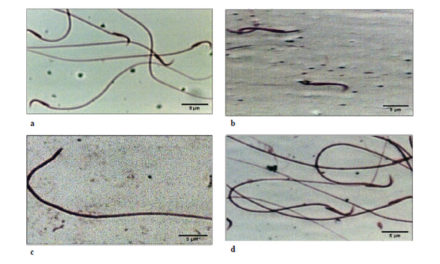Physiological and Immune Functions of Punicalagin
Eva Venusova 1, Adriana Kolesarova 2, Pavel Horky 3 and Petr Slama 1,*
1 Department of Animal Morphology, Physiology and Genetics, Faculty of AgriSciences, Mendel University in Brno, Zemedelska 1, 613 00 Brno, Czech Republic; eva.venusova@mendelu.cz
2 Department of Animal Physiology, Faculty of Biotechnology and Food Sciences, Slovak University of Agriculture in Nitra, Tr. A. Hlinku 2, 949 76 Nitra, Slovakia; adriana.kolesarova@uniag.sk
3 Department of Animal Nutrition and Forage Production, Faculty of AgriSciences, Mendel University in Brno, Zemedelska 1, 613 00 Brno, Czech Republic; pavel.horky@mendelu.cz
* Correspondence: petr.slama@mendelu.cz; Tel.: +420-5451331
Abstract: The aim of this publication is to compile a summary of the findings regarding punicalagin in various tissues described thus far in the literature, with an emphasis on the effect of this substance on immune reactions. Punicalagin (PUN) is an ellagitannin found in the peel of pomegranate (Punica granatum). It is a polyphenol with proven antioxidant, hepatoprotective, anti-atherosclerotic and chemopreventive activities, antiproliferative activity against tumor cells; it inhibits inflammatory pathways and the action of toxic substances, and is highly tolerated. This work describes the source, metabolism, functions and effects of punicalagin, its derivatives and metabolites. Furthermore, its anti-inflammatory and antioxidant effects are described.
Keywords: punicalagin; ellagic acid; apoptosis; proliferation; immune cells; metabolism
…







